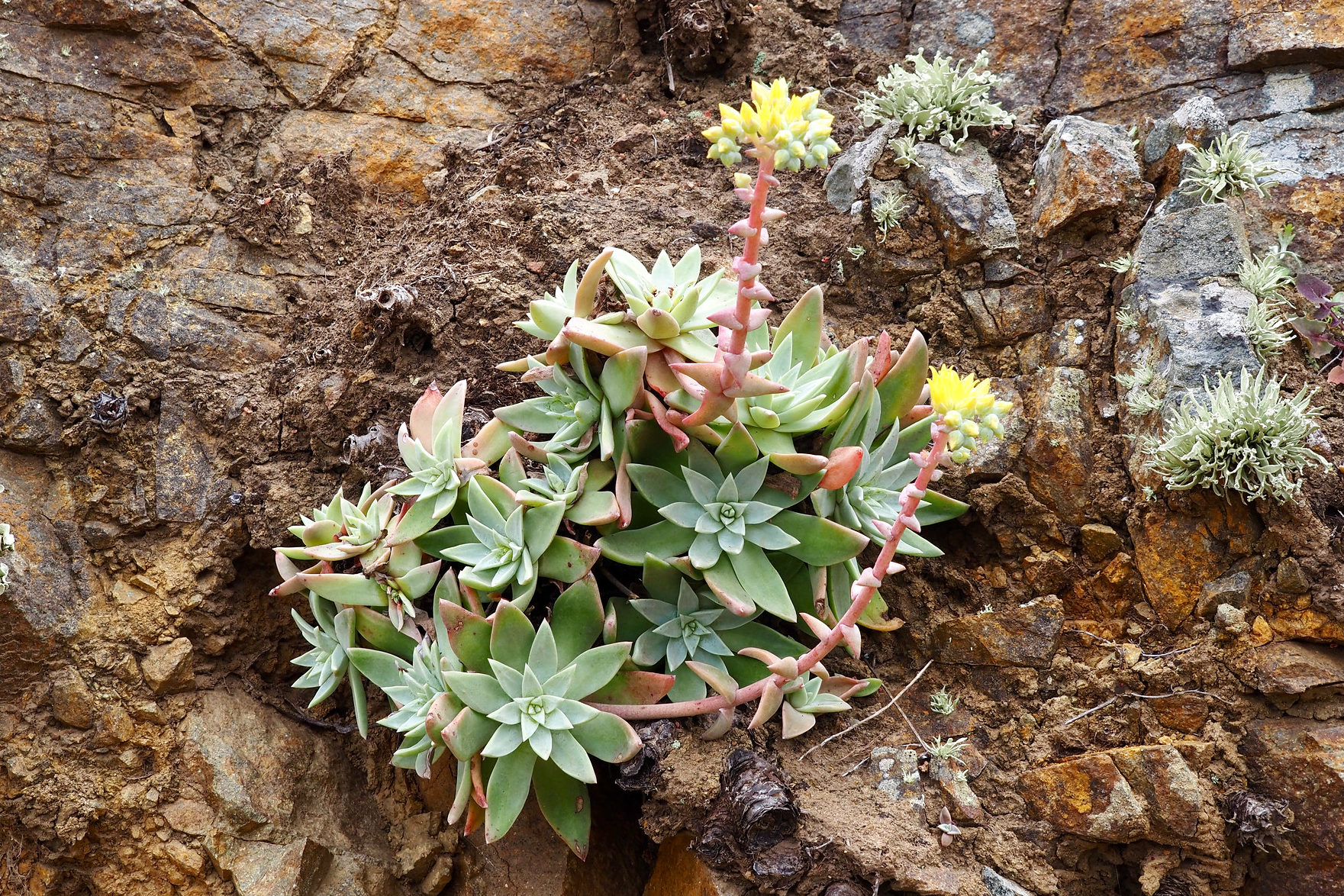This summer’s science teacher institute by the San Fernando Valley Science Project brought middle and high school science teachers together to brainstorm ways to connect their students with core science concepts through the natural world. Something as simple as the leaves of a landscaping plant can spark students’ curiosity and provide a jumping-off point for science education.
The SFVSP, led by CSUN Professor of Biology Gini Vandergon, runs a science teacher institute every summer, focusing on the Next Generation Science Standards (NGSS) developed by nationwide science educators. The standards focus on using specific natural phenomena to get students to notice and wonder about the world around them. The NGSS defines seven Cross Cutting Concepts that apply across different scientific fields, and these provide links from specific natural phenomena to broader concepts. There are seven CCCs: patterns; cause and effect; scale, proportion and change; systems and system models; energy and matter; structure and function; and stability and change.
In this summer’s week-long institute, the SFVSP faculty team — Dr. Vandergon, Drs. Brian Foley and Norm Herr from Secondary Education and Dr. d’Alessio from Geology — worked with participating teachers to integrate the CCCs into their curriculum and come up with ways to assess students explanations and offer guided support for the students’ broad understanding of science and/or nature. One part of the week-long institute focused on finding local phenomena to connect with the CCC’s in nature.

One example came from a field trip to the CSUN botanic gardens: the spiraling leaves of a succulent like Dudleya, an Agave, or a bromeliad. A student might ask about structure and function — why the leaves are spiraling in on themselves. The teachers then worked to build a model, using common lab materials, that might help answer what function a spiral structure might serve — maybe funneling water to the bottom of the plant? Working with a model might prompt further questions, and guide students to develop and test their own explanations.
The institute showed potential for helping teachers better learn the CCCs, and how to utilize them effectively to guide students in practicing the kind of inquiry scientists use come to understand the world around us.
Featured image: The spiral leaves of a Dudleya can be a jumping-off point for student inquiry.

